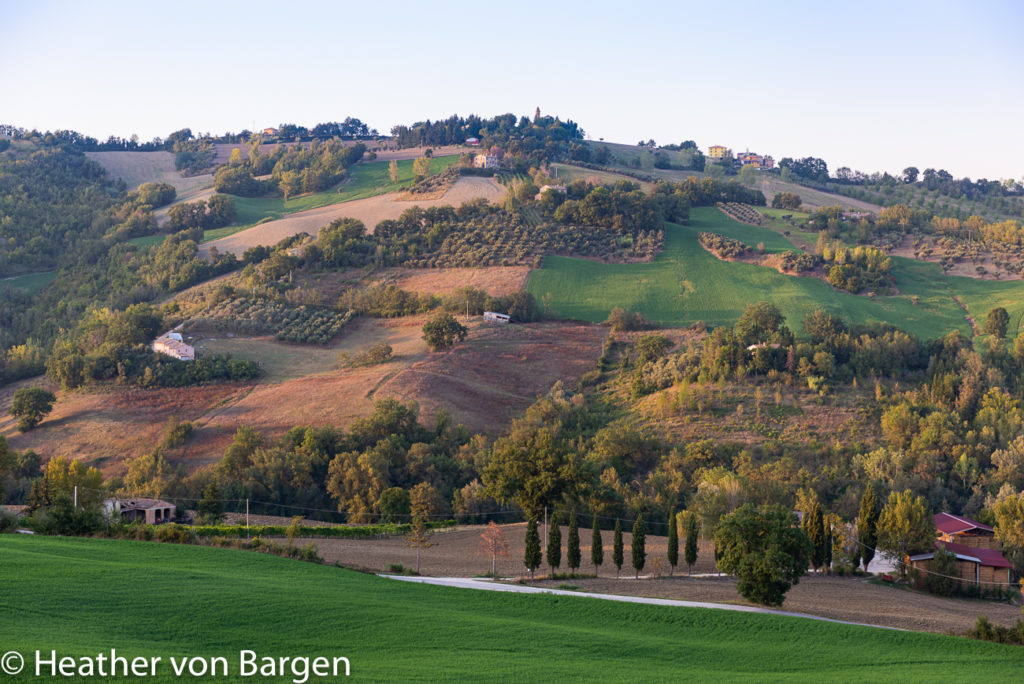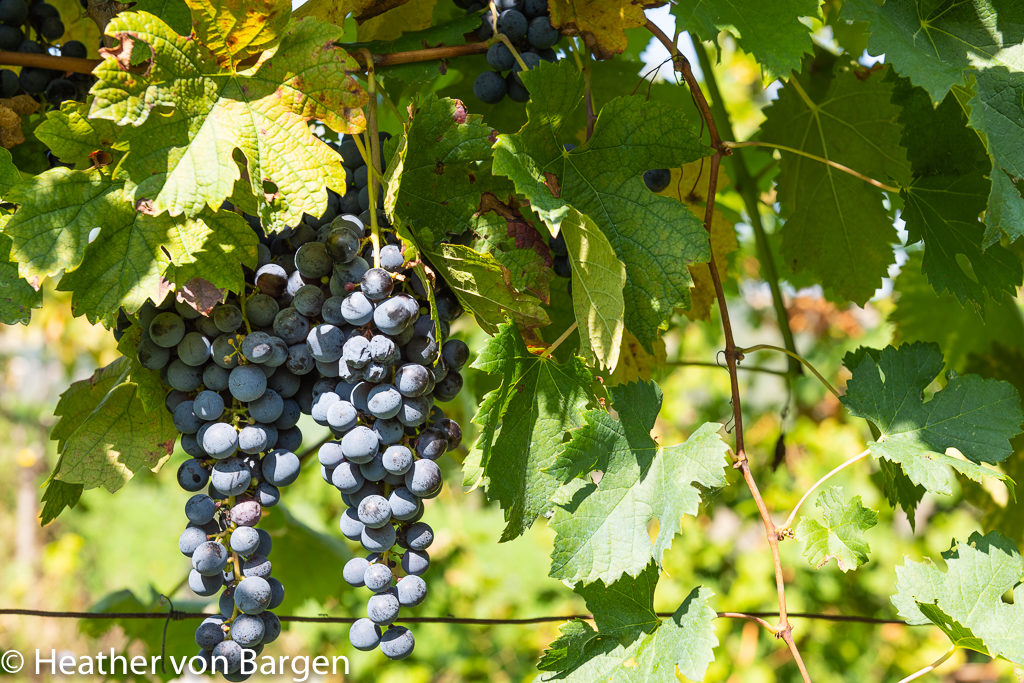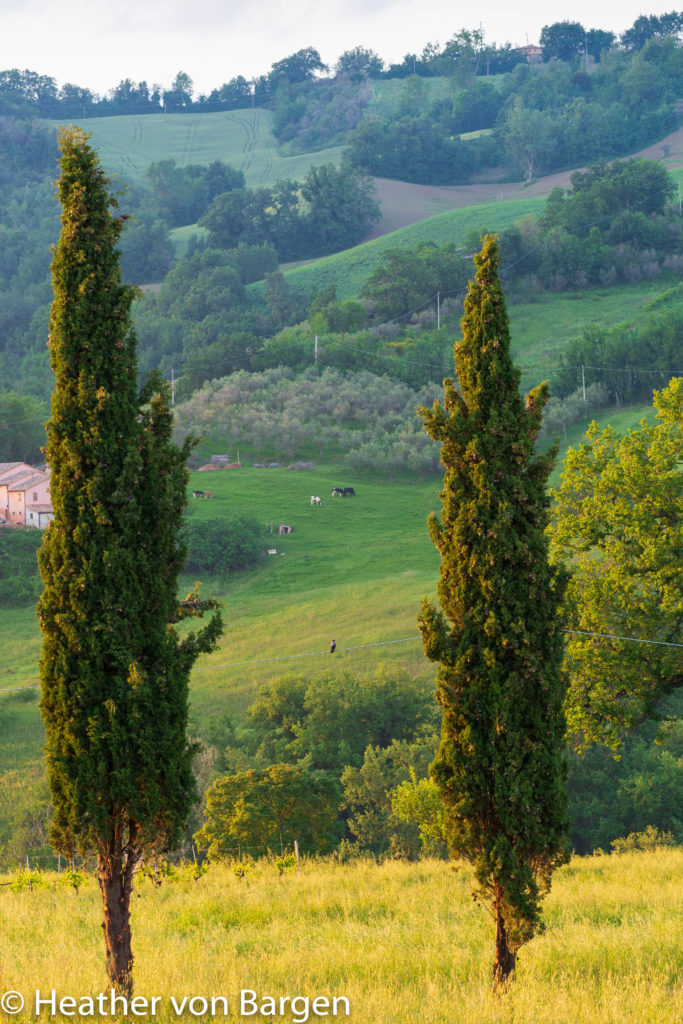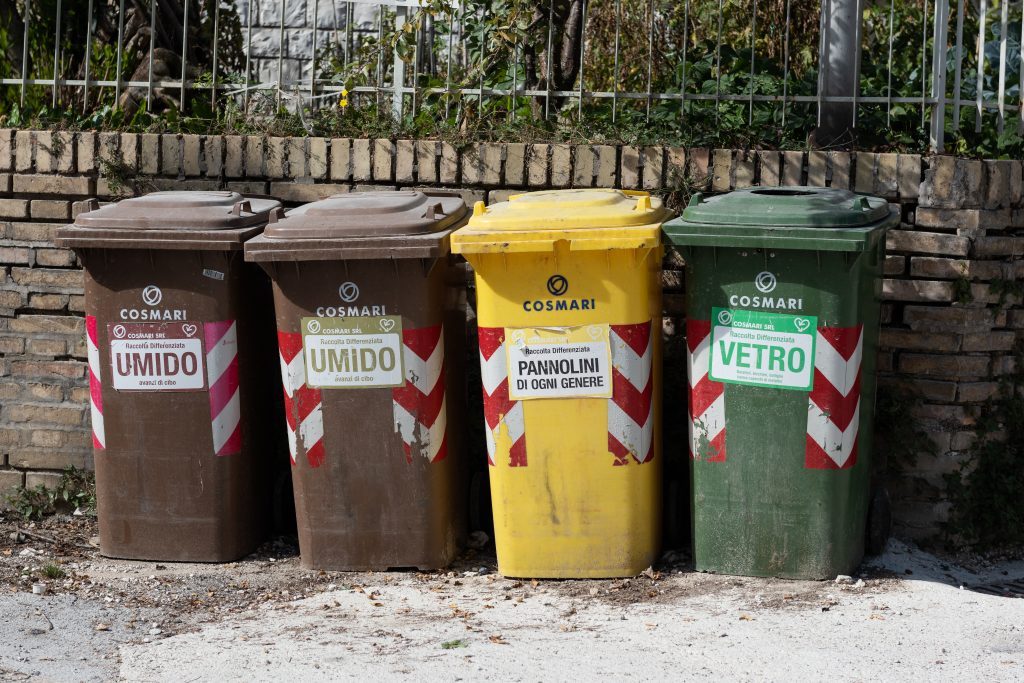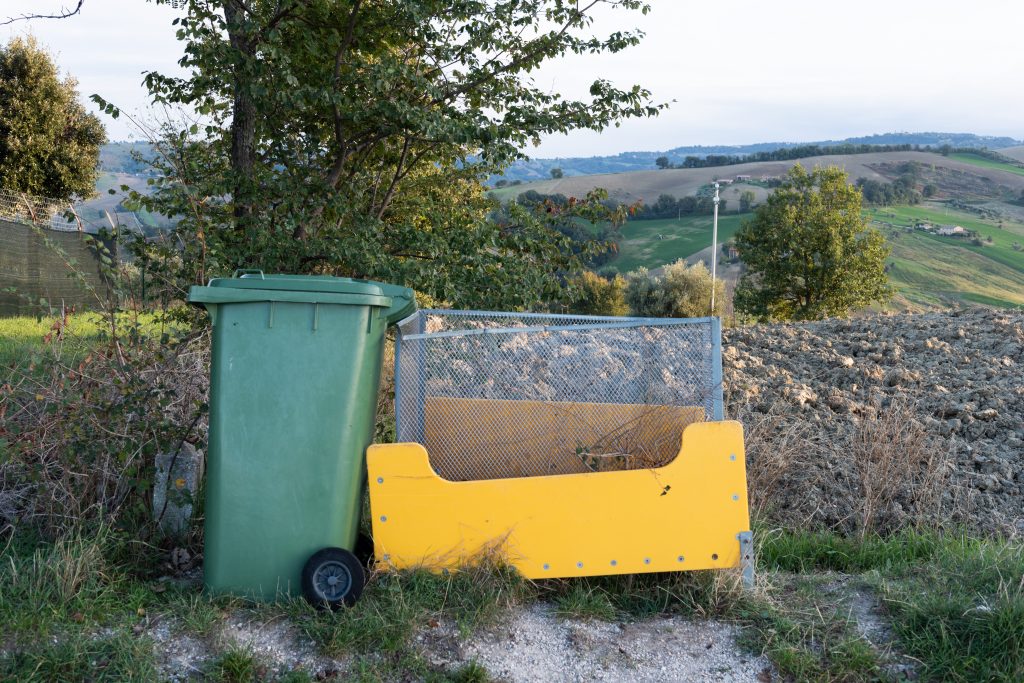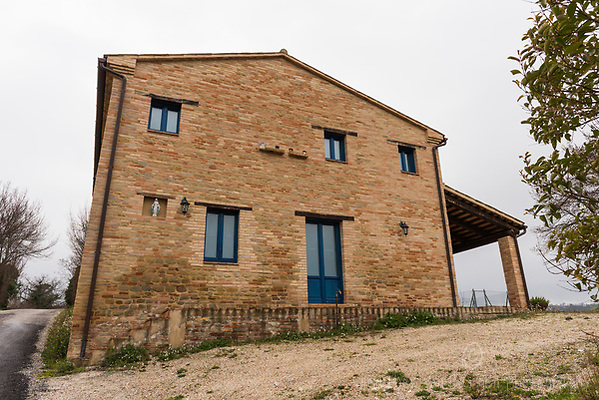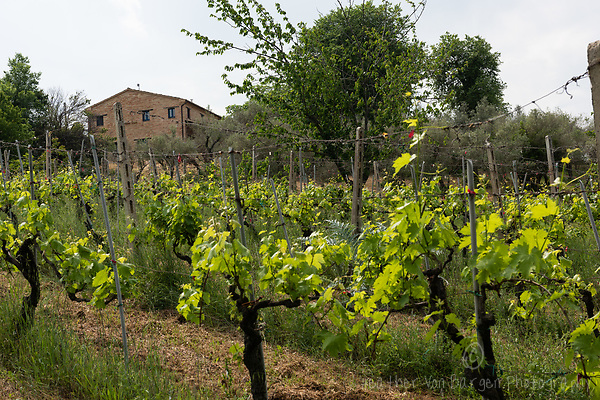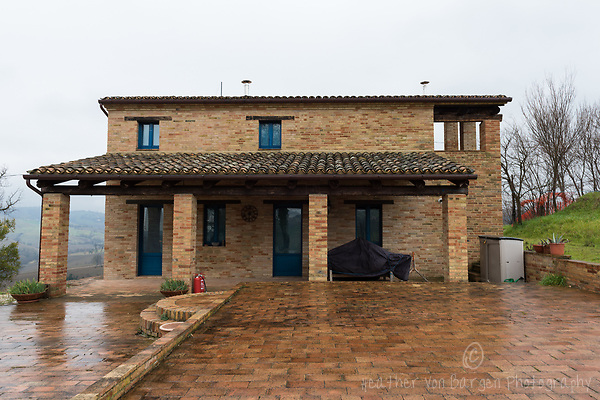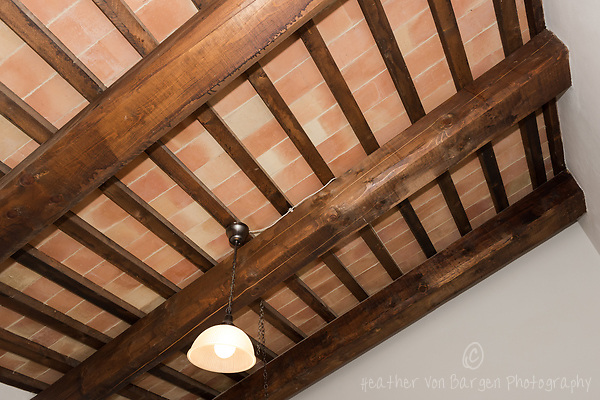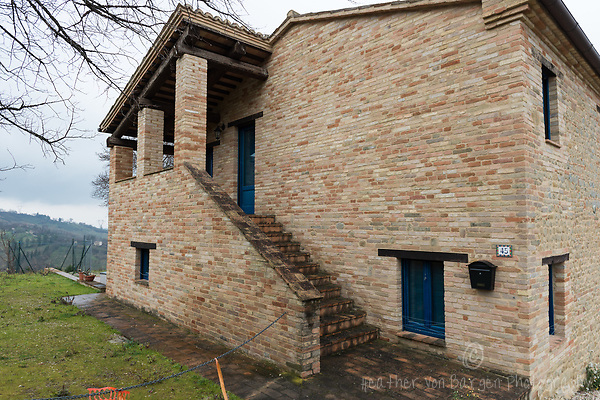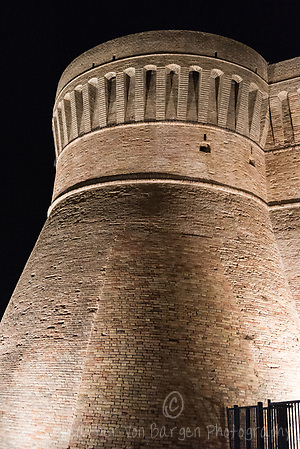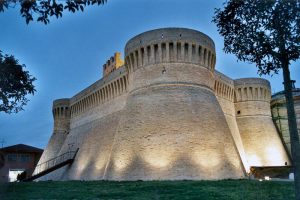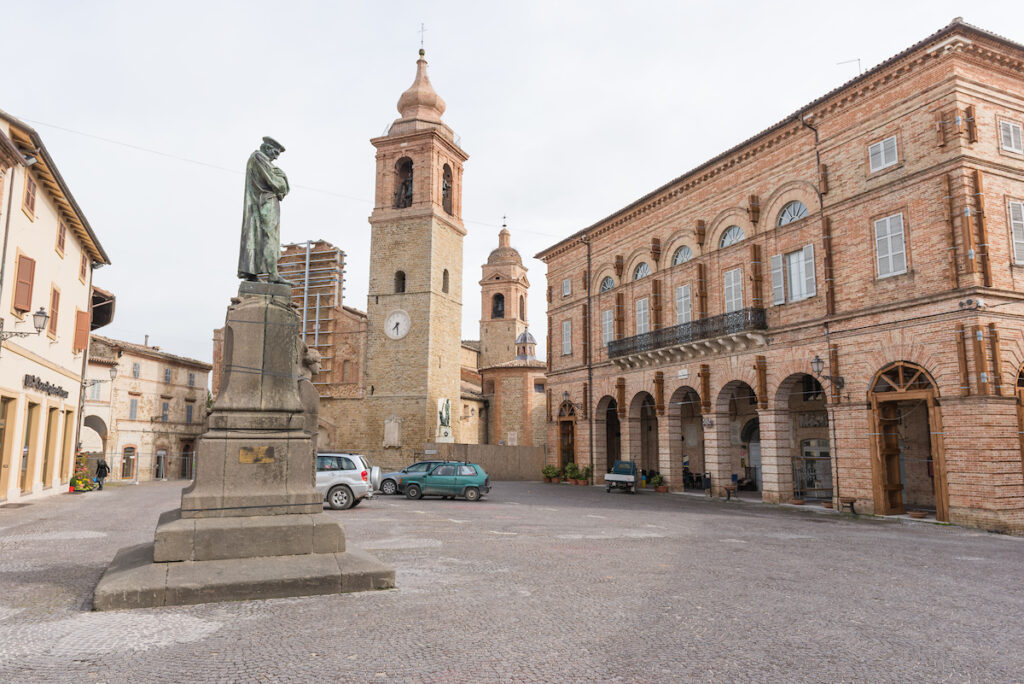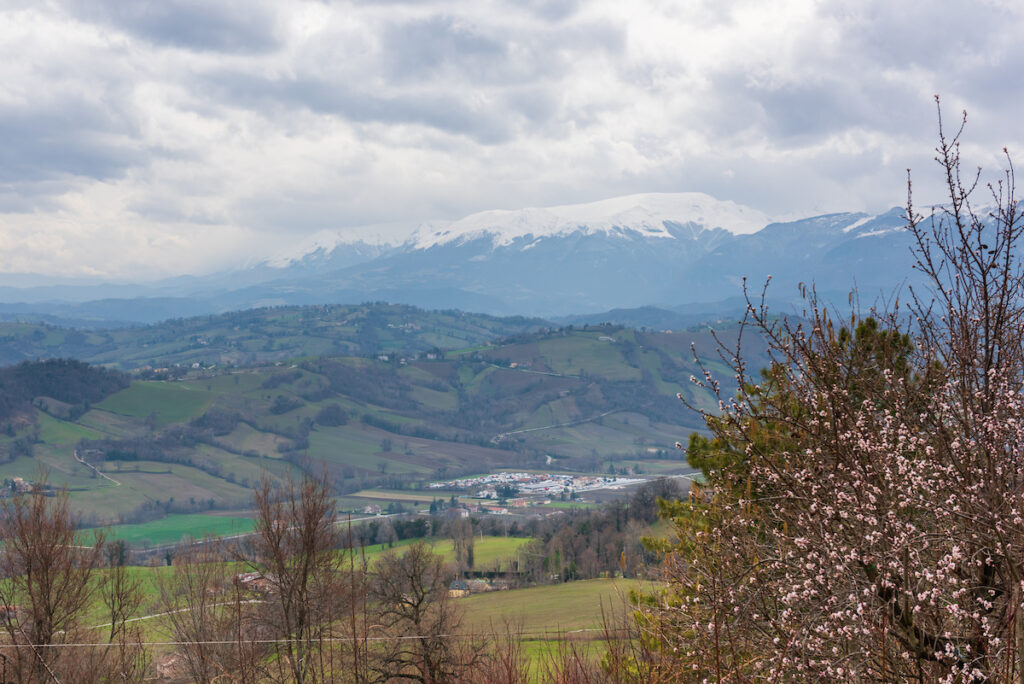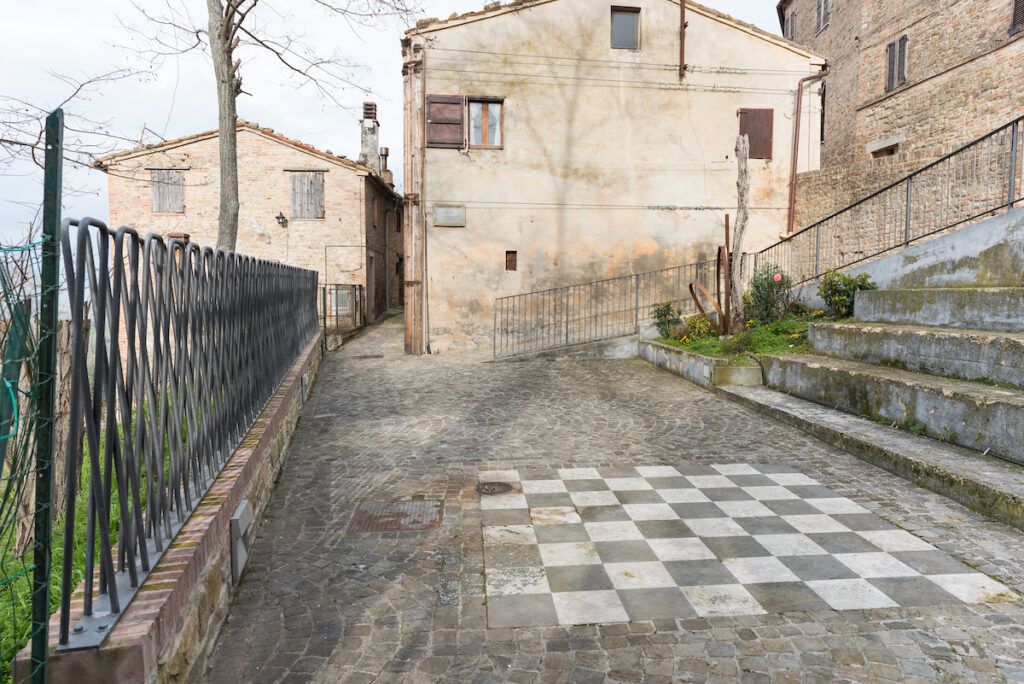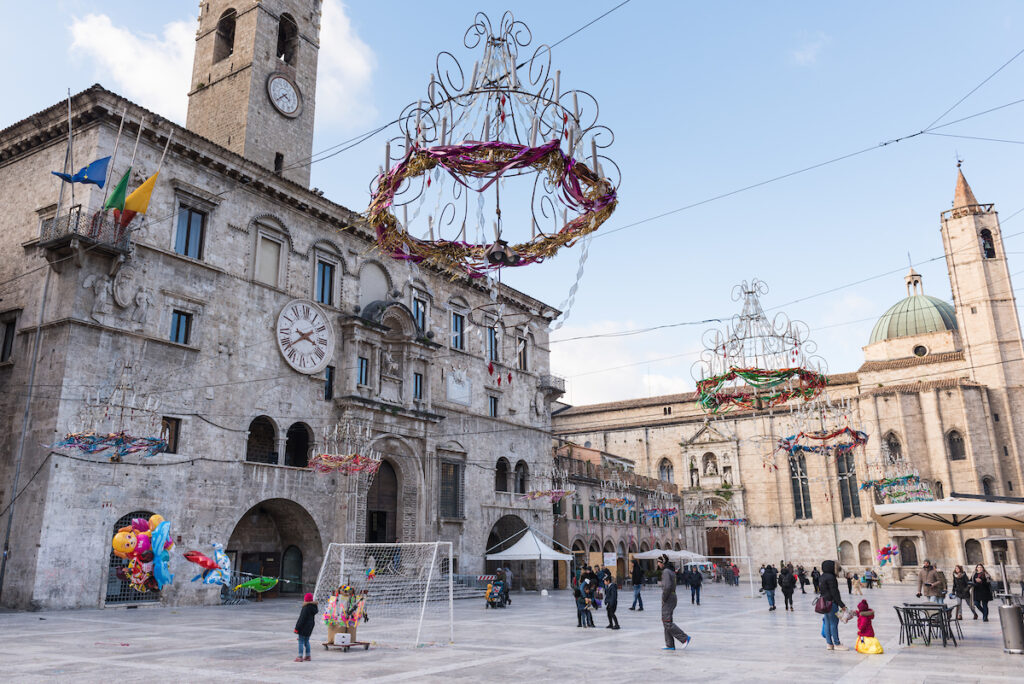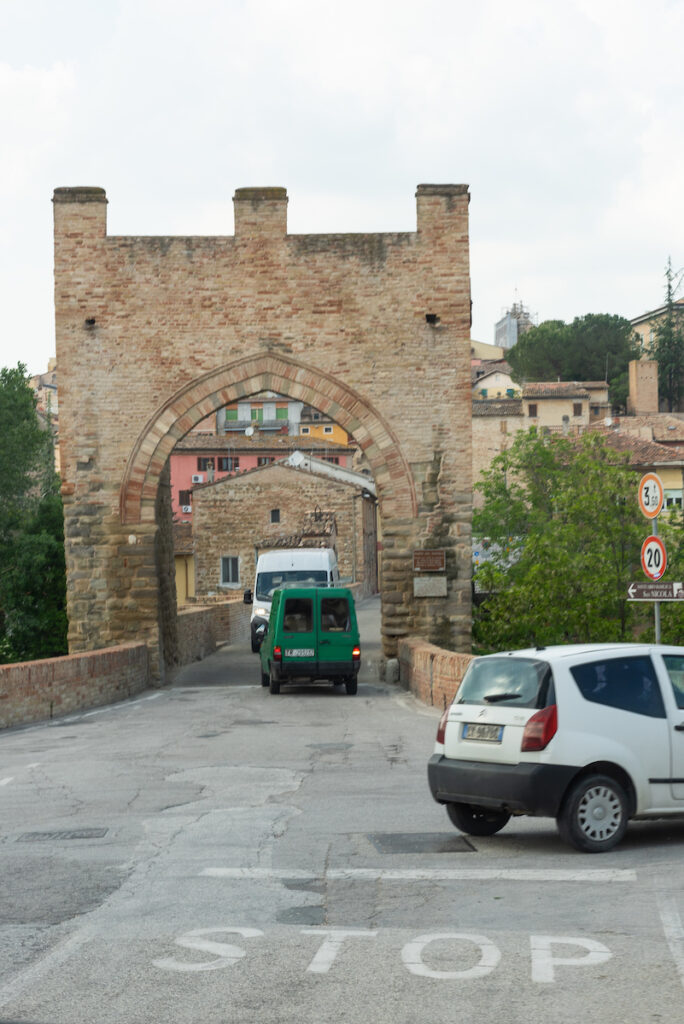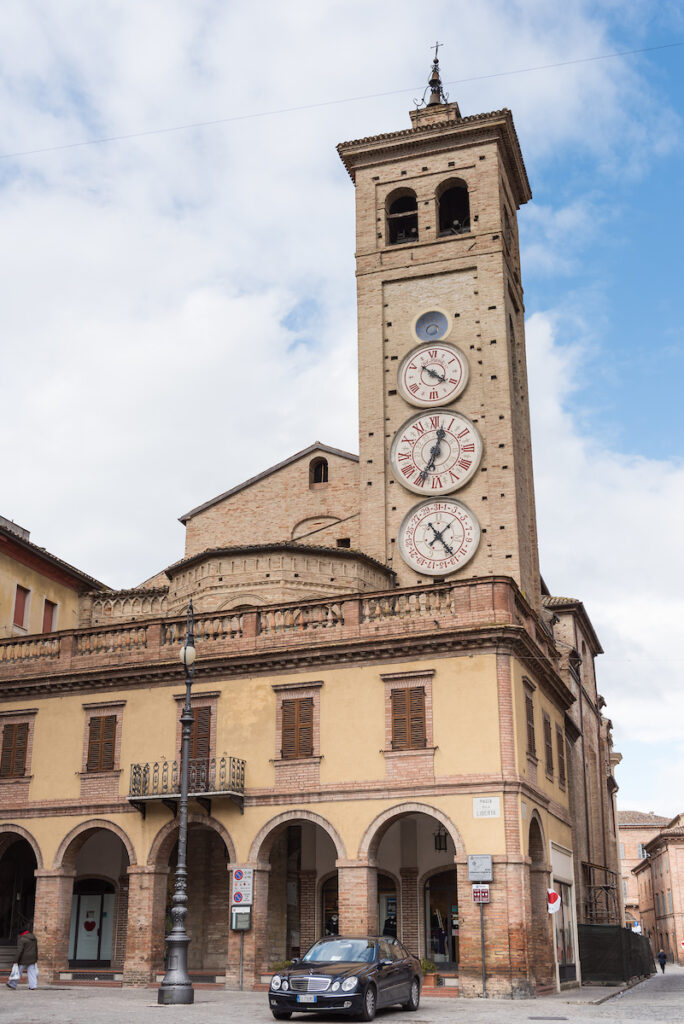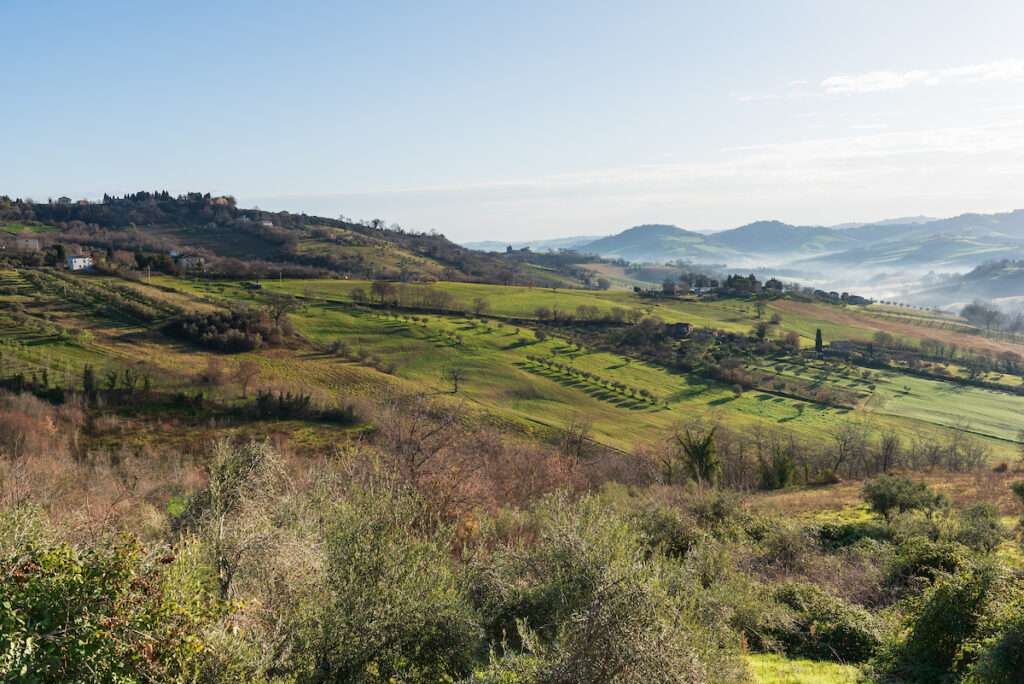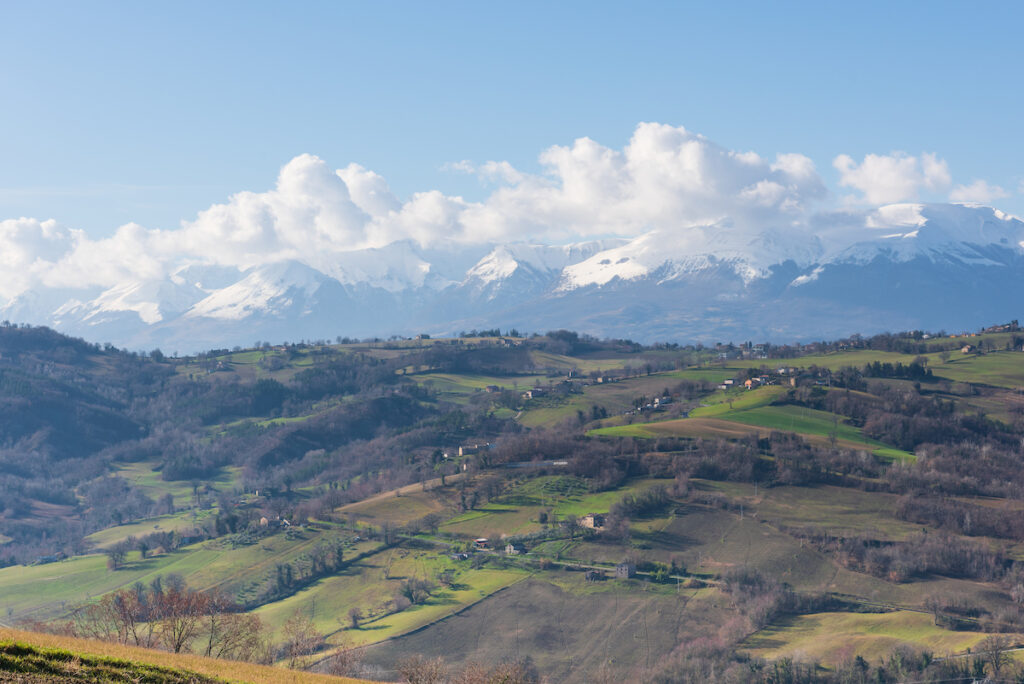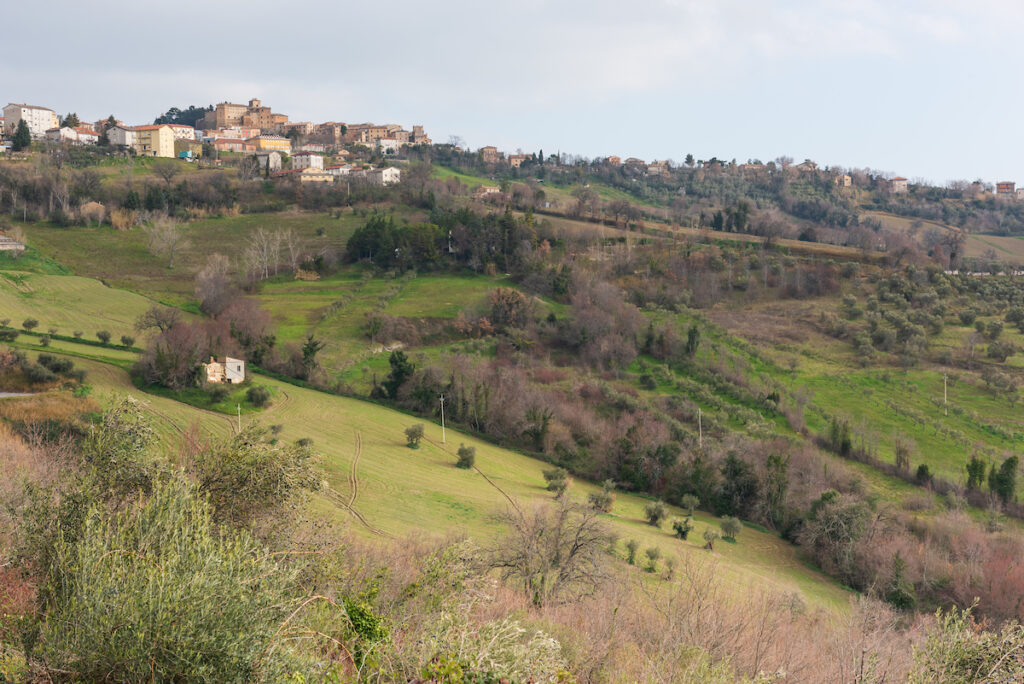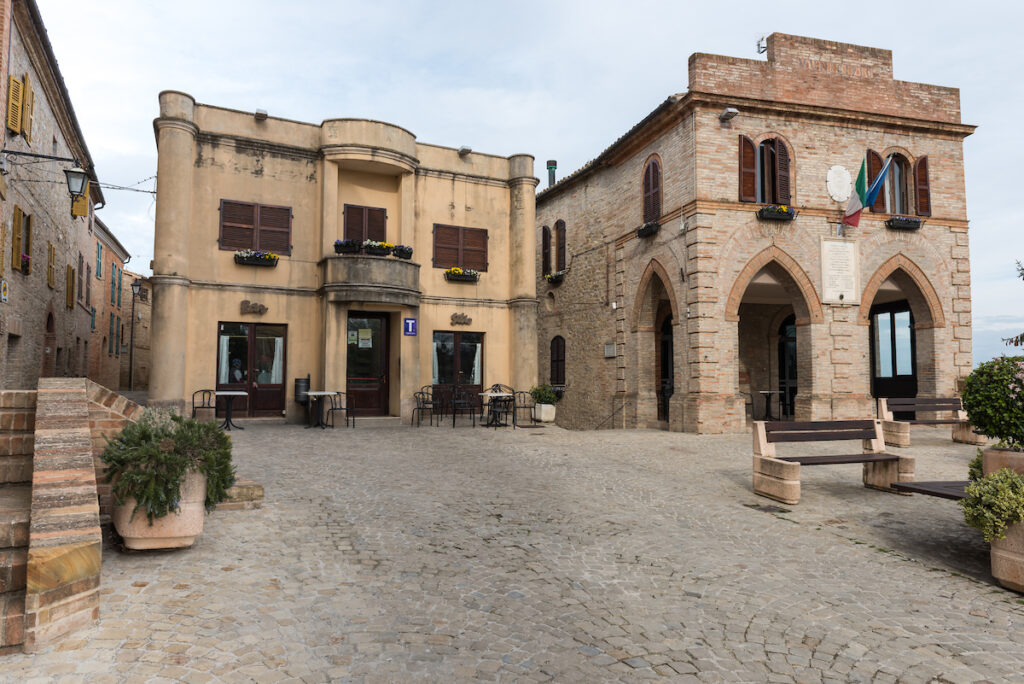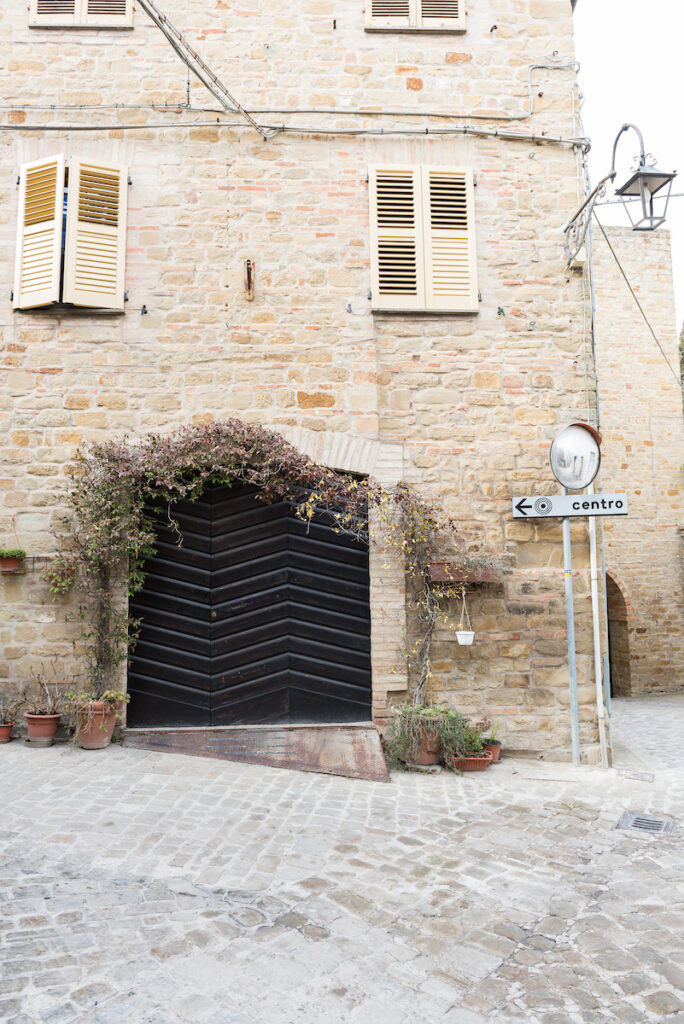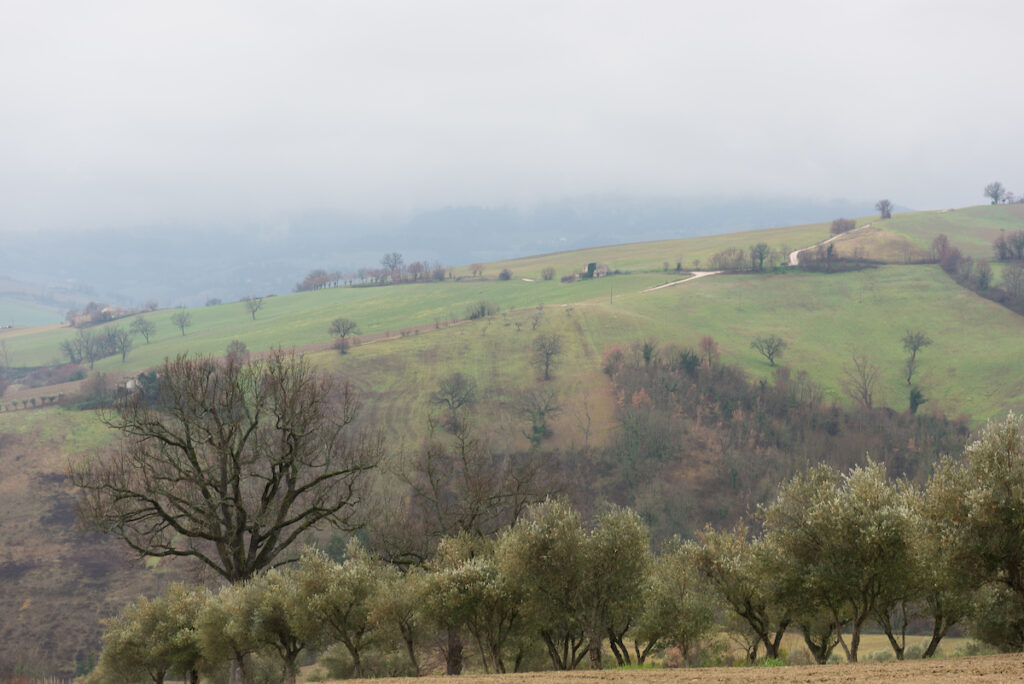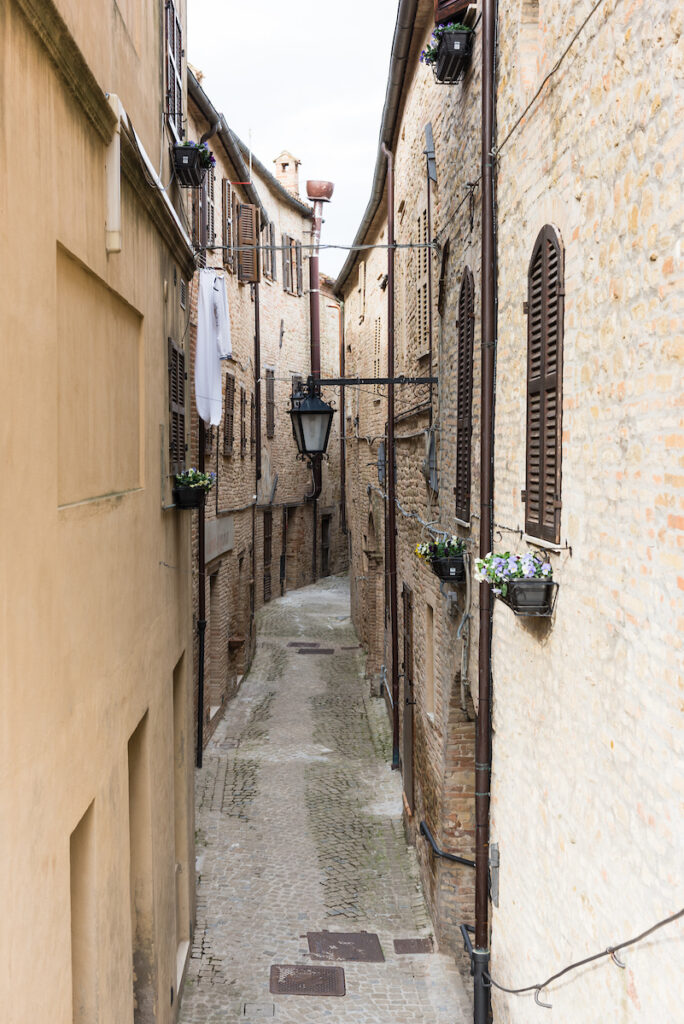
In Italy, my name is Erica. Italian for heather, it’s easier for Italians to pronounce. I am zero percent Italian but feel at least 50% using an alternate name.
I last left our vacation rental home, Casa Pace e Gioia in le Marche, Italy on February 2, 2020, just as Covid began devastating the country, the first hotspot outside of China. Apprehension filled the airport. The check-in agent, seeing our Chinese visas asked when my husband Matt and I had last traveled to China. She took our temperatures and cleared us to travel home to the U.S. But I felt like I was leaving home.
In 2018 after we bought the house in Italy, I was seated on a plane next to an Italian woman who was born in Milan but now lived in Rome. She asked me what I loved about Italy in general and le Marche in particular.
I started with the pace of life. Italians work to live, not live to work. It’s a relaxing backdrop. Then the food, so fresh and buonissimo; the landscape, so varied and jaw-dropping gorgeous; the art, the abundance of it and the cultural importance it holds; the people, their kind hospitality and patience; the light, shimmering and ever-changing. She nodded in understanding.

Then I told her about the first-century ruins that we drive past on SP78, just a few minutes from our house. The atmosphere of history is thick there. The castle that overlooks the piazza in Urbisaglia. The city walls in San Ginesio. How every time I drive or walk through a city gate, I feel like I’m stepping into a rich and storied past.
She shook her head. “Funny, those things are boring to me. We’re so used to ruins, we walk by them every day, we’ve seen them our whole lives.”
“I am surprised that you chose the Marche,” she said. “Not many international tourists go there. Tuscany is more popular.” I nodded. Yes, exactly. And we found a home with a view of the Sibillini mountains and two medieval walled towns, and 10 minutes from a city that we reach by driving over a one-lane bridge from the 13th century.

The Marche found us because I had seen an ad for a house and we flew to see it, then we bought it. But what I ended up finding in the Marche is my perfect Italy. The regional foods here are my favorites: fresh seafood from the Adriatic, pork, truffles, wild boar, spreadable sausage, stuffed and fried olives! I even like cicoria, the ubiquitous plant that grows in between our grapevines and is picked by foragers. I watch the clouds roll past the Sibillini mountains from my hanging chair. Notable artworks from every era are displayed in museums and churches that we can visit without crowds. The nearby village of Ripe San Ginesio is filled with outdoor sculptures, an open-air gallery. And I’ve learned not to wait to take a picture because the light changes so quickly.
But the people here make the Marche home to me. The guy working on our house who, after seeing Matt cut wood for our stove with a hand saw, brought his chainsaw and made quick work of a huge pile. Our neighbor who, when I asked him where we can buy farm fresh eggs, handed us a dozen of his. Another who shares her flowers, plants, and figs. The friends we made at a wine dinner, one of whom, upon learning that I’m not Italian, tells me “you are one hundred percent Italian in your heart.”

I am, for the foreseeable future, 5,193 miles away from our Italian home. Instagram unhelpfully reminds me of the distance when I post to our house account. But my friends there write me: “Erica, ti aspettiamo a braccia aperte e con il sorriso.” Erica, we wait for you with open arms and with a smile.
Non vedo l’ora is one of the first Italian idioms I learned. It means I can’t wait!

